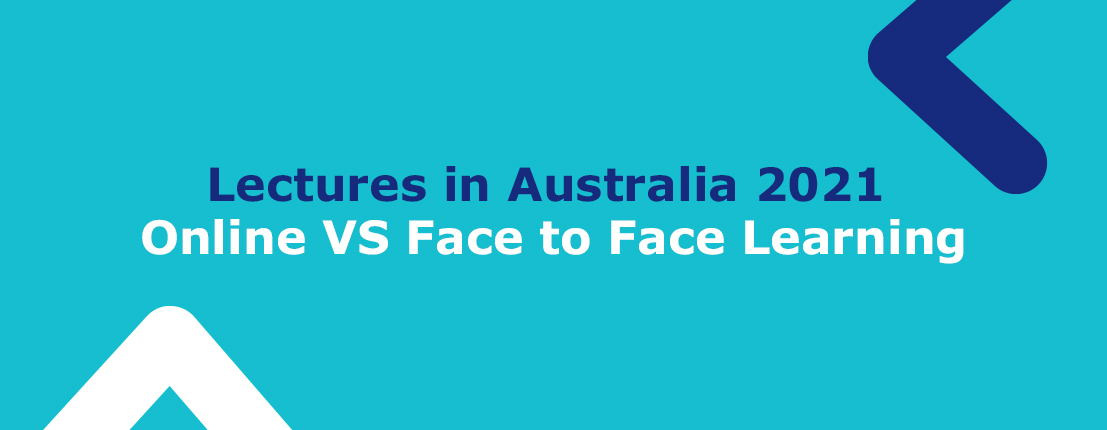Lectures in Australia 2021: Online VS Face to Face Learning
By Casita Team
|
15 January, 2021
Share

Updated at:
Published at:
By Casita Team
Lectures in Australia 2021: Online VS Face to Face Learning
By Casita Team
|
15 January, 2021
Share

Amidst Covid-19 developments, many universities have announced multiple changes to their learning structure in 2021. Murdoch University plans to permanently eliminate face-to-face learning especially for groups exceeding 100 students. On the other hand, Deputy Vice-Chancellor for education, professor Pip Pattison, stated that the University of Sydney would host fewer lectures in the future but has no plans to permanently remove face-to-face lectures.
In her opinion, Pattison stated that “a really good lecture is a fine thing. To take it out of the suite of options doesn’t seem wise. For a person who does it well, it’s very efficient because you can inspire hundreds of students at once.”
She goes on to explain that with the COVID education experience, a more diverse set of teaching systems can be applied more quickly and easily, especially since universities were focused on improving their systems and adding better digital resources even pre-pandemic.
Pattison believes there will be a different future for university students, including lecture halls stating that “I think we’ll see a lot of conversions of lecture theatres into other kinds of student spaces – multi-tiered group work or quiet study spaces. There’s going to be increased demand for informal learning space and reduced demand for lecture theatres.”
Her prediction comes as an observation after seeing how students were still adamant about going to campus during lockdown for its overall atmosphere as well as the like-minded company despite remote learning saving money, space, and electricity for the university.
Meanwhile, Kylie Readman, Pro-Vice-Chancellor for Education at the University of Murdoch, had different views about education in 2021. She expressed how universities with higher numbers of socioeconomically disadvantaged or mature students have a vague future regarding their lectures. She states that saying to someone ‘Don’t work, put your kids in childcare, pay for parking to come and listen to me talk for two hours’ is not a good proposition for someone who’s already thinking ‘I’m the first in my family to come to university and I’m not sure this is right for me.’
Readman suggests the implementation of a student profile where multiple factors like the number of students, age, etc. could determine which universities will be able to revive lectures held on a larger scale. “It’s great to have a lecture but if only seven people come to it, is that really the best use of a lecturer’s time? Is that the best use of our space? Is that the best use of our timetable?”, she further explains.
According to Readman, the major factor that will determine the future of face-to-face lectures is the class size; “Some [of our] students prefer face-to-face lectures. They like the structure. But they’re not the majority, and those people can also access other forms of learning. People who have work or carer responsibilities can’t.” She said.
For Murdoch University, it sets a maximum of 100 students as Readman clarifies “that’s the number our safety manager said he felt comfortable with.”
As for the University of Sydney, Professor Pattison discusses that even though the university’s lecture halls could take up to 500 students, online lectures can take twice as many only with more effective methods for handling student inquiries during class: “You might need someone to help you [answer questions] after class if you don’t get to them all.” She said.
On the other hand, the Deputy Vice-Chancellor for education, Angela Hill, stated that Edith Cowan University will adopt a full face-to-face delivery for 2021 academic year including lectures, workshops, and tutorials without any class size restrictions. Hill further explains how collaborative learning will be the main focus in both large and small groups.
The university is now investing in modern learning spaces to cater for all group sizes at the main Joondalup campus library which is being built over the summer break since “Trying to get renovations done when students are on campus is a nightmare” as stated by Trish McCluskey, the Associate Provost of teaching and learning.
